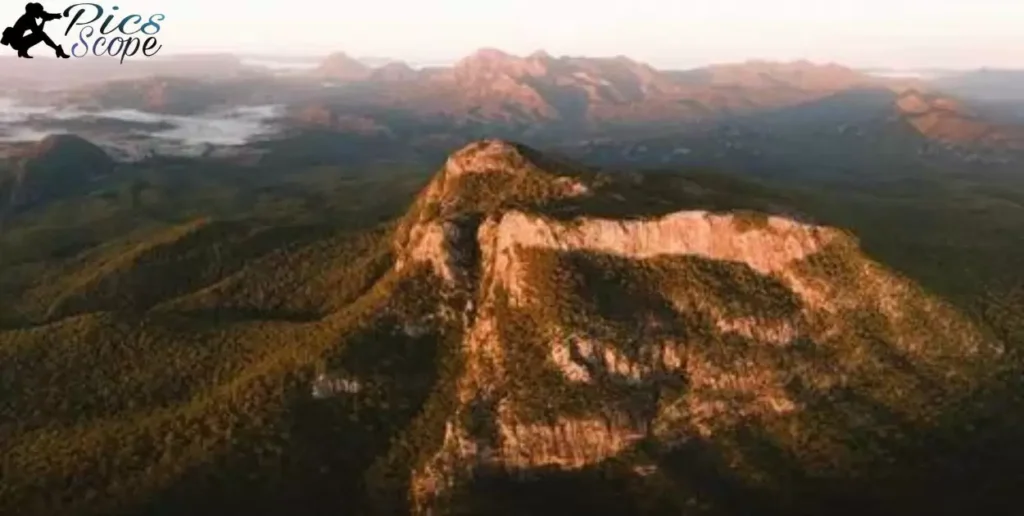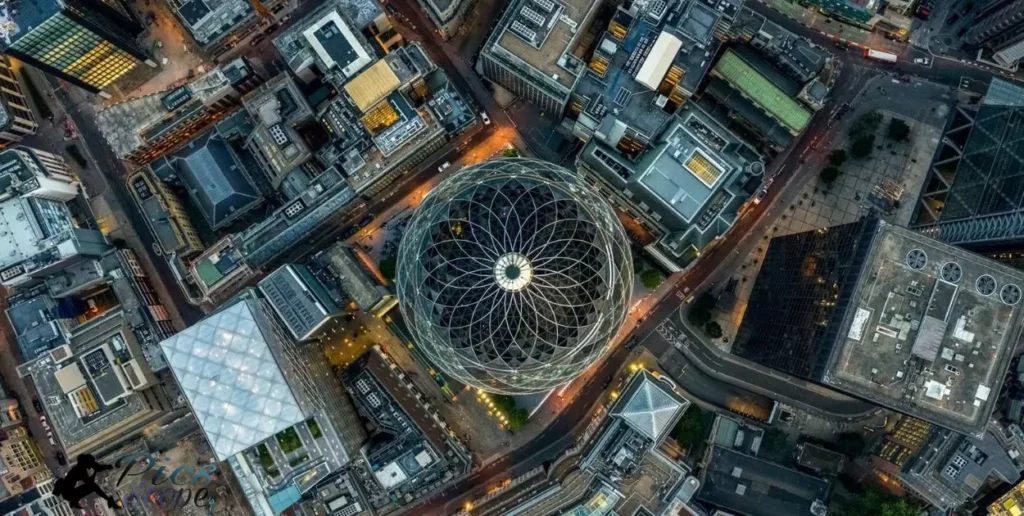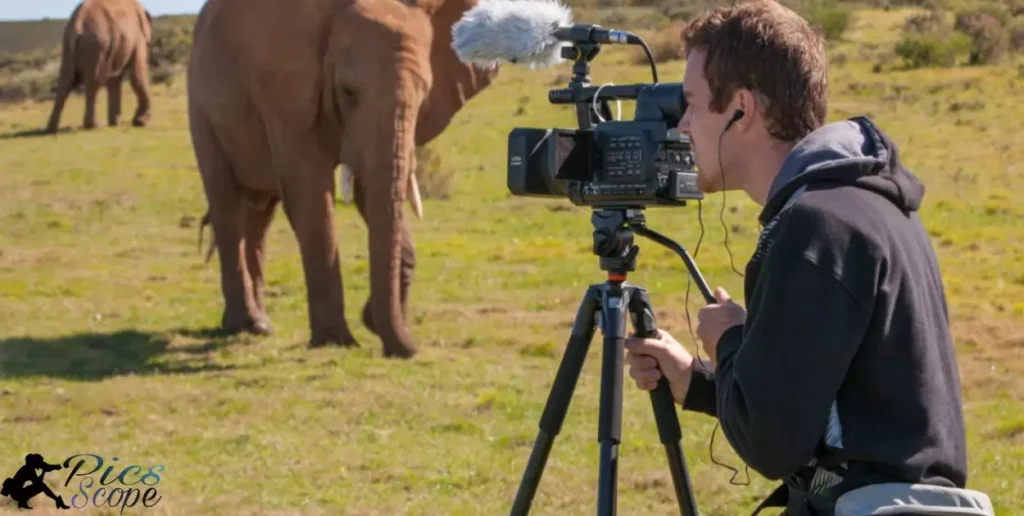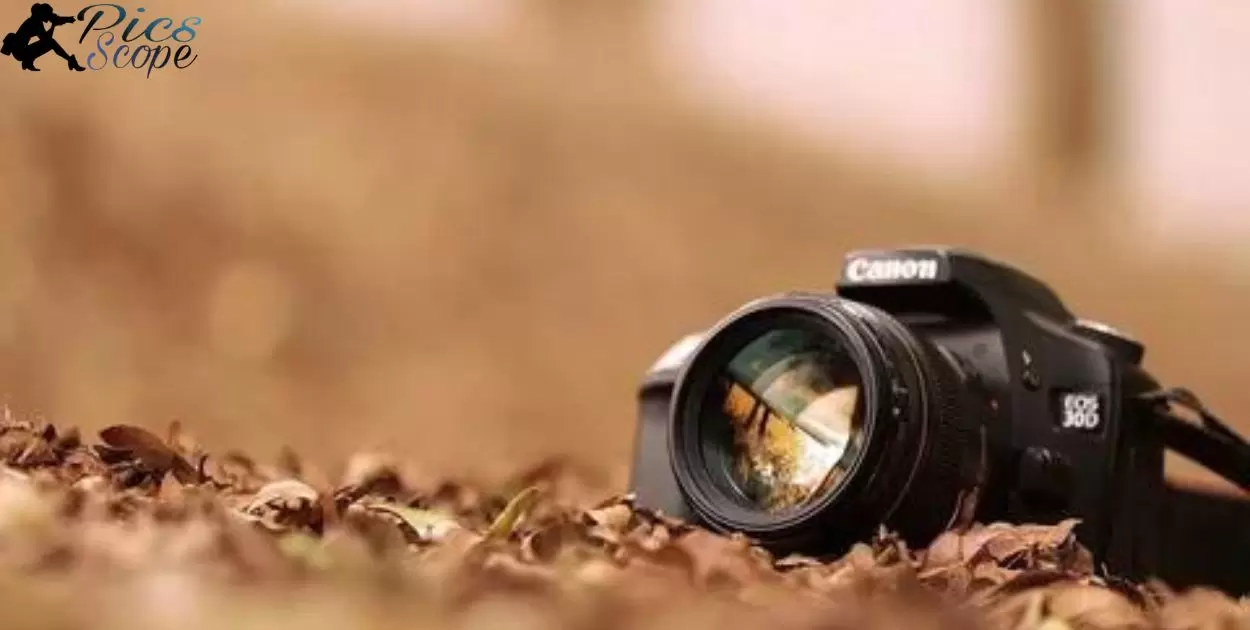Photography refers to the art, application and practice of capturing pictures. It involves using cameras to store or record visual images of people, places and things. Types of photography can include portrait, landscape, wildlife and more.
What Are The Different Types Of Photography? This is a question many amateur and aspiring photographers have. While most think photography mainly involves taking portraits and scenery shots, there are actually various categories within this artistic field. Learning about the varieties can help one discover a preferred style and find new areas of interest.
The different types of photography include landscape photography of outdoor sceneries like mountains and seas. Portrait photography captures people, often just their faces. There is also wildlife photography of animals in natural settings, product photography of items for sale, and street photography which captures spontaneous images seen in public places.
What is Portrait Photography?
Portrait photography captures people. It focuses on the face, expressions and poses of individuals or groups. The goal is to capture someone’s personality or character. A good portrait photographer knows how to create flattering lighting and angles.
Equipment like studio flashes helps portrait photographers illuminate faces. Different poses and expressions can portray subjects in many ways. Professional portraits are often taken with large cameras and lenses to capture clean details.
Nature Photography: Capturing the Beauty of the Natural World
Nature photography shows the incredible beauty found in landscapes, plants and wildlife. It lets people appreciate nature through compelling images. Capturing nature requires hiking to remote areas in search of scenic landscapes and animals.
Great nature photos come from patience. Photographers wait quietly for the perfect sunlight or animal behavior. Advanced camera gear like large-sensor DSLRs produce high quality results. But a cell phone can also take stunning nature photos with the right skills.
Product Photography: How to Photograph Items for Sale?
Product photography is used by businesses to market their goods online and in print. It must make items look attractive to draw customers. Photographers learn lighting and styling to showcase textures, colors and features.
Various setups are used based on the product. Tabletop studios with simple backgrounds work well for small items. Mannequins or models are hired to photograph clothes and accessories more realistically. Photoshop helps enhance and edit product photographs.
Event Photography: Capturing Memories at Occasions and Parties
Event photographers are hired to capture candid moments and posed portraits at weddings, parties and other celebrations. Their role is to discreetly photograph the atmosphere and emotional highlights of the event.
Photographers must anticipate what kinds of shots are needed based on the event schedule. Fast photo editing and instant social sharing has grown in importance. Clients enjoy viewing polished photos from their special day shortly after.
Street Photography: What Stories Can You Find on the Street?
Street photographers capture fleeting moments they come across in public spaces. It can involve documenting everyday life or finding candid human drama and humor. The challenge is to be discreet and catch people unaware.
Many street photographers enjoy the thrill of the unpredictable moments they may find. With practice, they learn to instinctively notice photo opportunities amongst the busy street scenes around them. How To Take Professional Pictures With A Phone
How to Effectively Capture Scenic Views?

Landscape photographers venture to beautiful natural places to capture expansive vistas. It requires an artistic eye to find pleasing compositions of mountains, forests, coasts and more. The best landscapes show depth, texture, light and sense of scale.
Patience is critical as landscape photos are planned around weather, time of day and seasons for optimal lighting. Telephoto lenses compress space to make distant scenes feel closer. Long exposures transform flowing water into silky textures.
Sports Photography: What Challenges Come with Capturing Action Shots?
High-speed sports photography requires Take Professional Pictures With A Phone tracking fast-moving subjects through the viewfinder. Learning to anticipate plays and action lets photographers capture peak moments. Sports photographers must understand the rules to know where highlights will occur.
Fast frame rates on cameras help ensure critical action is captured. Long lenses compress the field of view to keep subjects large in the frame from a distance. Patient practice is needed to master shutter speed, focus, and tracking skills.
Aerial Photography: New Perspectives from Above

Aerial photography captures unique perspectives of landscapes, cities and events from above using cameras mounted to aircraft, drones or balloons. It reveals the intricate patterns and relationships impossible to see from the ground.
Special equipment like GPS stabilization and gyroscope gimbals are used to reduce blur from aerial motion. Drone photography has become popular for enthusiasts due to its ease and mobility. Strict regulations control commercial and public use of drones and aircraft.
Underwater Photography: How to Take Photos Below the Surface?
Underwater photography How To Take Professional Pictures With A Phone allows seeing fascinating marine life and scenes that are usually hidden from our view. Special waterproof housings and lighting gear protect cameras and illuminate subjects in low-visibility conditions.
Focusing can be tricky through an air-water lens barrier. Macro capabilities let photographers capture dramatic closeups of sea creatures, plants and corals. Buoyancy control is vital to avoid disturbing fragile underwater environments and wildlife..
Infrared Photography: What Can Infrared Reveal?
Infrared photography sees beyond the visible light spectrum to create strangely beautiful effects. Plant matter like leaves and grass appear glowing white due to their reflectivity. While skin and skies take on unusual tones making familiar scenes unfamiliar.
Special IR converted or filtered digital cameras are needed that are sensitive to near-infrared wavelengths. The results can be dreamlike abstract landscapes or surreal portraits with information hidden to our eyes.
Macro Photography: Exploring the Tiny World Up Close
Macro photography allows seeing hidden details of the miniature world around us. Specialized macro lenses and technique bring out textures, colors and intricate structures too small for the naked eye.
Photographers experiment finding interesting macro subjects anywhere, like flower stamens, insect bodies or water drop patterns. Stability, lighting and focus control become extra crucial at close focusing distances for high quality results.
Astrophotography: Capturing the Details of the Night Sky
Astrophotography reveals celestial wonders like nebulae, galaxies, and star clusters too faint to see with the naked eye. Specialist equipment includes telephoto lenses, tracking mounts, and modified DSLRs for long exposures.
Photographers research optimal conditions like dark sky sites away from light pollution. How To Take Professional Pictures With A Phone Patience waits for clear nights to capture trails of the moving stars while keeping the landscape steady. Blending exposures creates dramatic views of the night sky.
Still Life Photography: Arranging Scenes for Composition
Still life photographers balance objects and lighting to make inanimate items appear visually interesting. Skills include creative set design, using texture, form and negative space in balanced scenes.
Simple items form relaxing photos with mood. Complex multi-layered sets show artists’ vision and attention to fine details. Rustic or modern styling sets a tone while keeping compositions feeling natural.
Documentary Photography: Telling True Stories Through Images

Documentary photographers use their craft to bring awareness to important social issues. It captures reality to preserve historical records and spread understanding of different worlds.
Ethical considerations are important in respecting subjects and not exploiting their situations. Powerful images paired with context can positively impact viewers’ perspectives on important topics.
Conceptual Photography: Conveying Ideas Through Visuals
Conceptual photographers create thought-provoking work that challenges perceptions and questions society. Ideas are expressed through symbolic, dramatized, abstract or manipulated images rather than realistic representation.
Meaning emerges from interpreting the imagery and context rather than surface appearance. Technique acts as a medium for abstract ideas addressing themes like human psychology, politics or consumerism.
Panoramic Photography: Capturing Wide Scenes in One Shot
Panoramic photography captures a wide, elongated single shot mimicking our peripheral vision. Special panoramic cameras or specific shooting techniques are used to seamlessly stitch multiple frames together digitally.
Panoramas immerse viewers within expansive vistas like vast landscapes, city skylines or group portraits. Careful planning avoids moving subjects causing uneven exposures between frames.
Mobile Photography: How Smartphones are Changing the Game
Smartphone cameras revolutionized photography, putting high quality tools constantly in everyone’s pockets. Mobile photographers showcase their world through fast social sharing of snapshots, portraits and street scenes.
Convenient editing apps let photos look polished immediately. While limitations remain, mobile photographers find endlessly creative ways using only their phones to capture memories and perspectives people once needed larger cameras for.
Food Photography: Styling Shots to Make Mouths Water
Food photographers ensure dishes look appetizing to sell cookbooks and advertise restaurants. Skills include food styling to arrange ingredients attractively and apply ideal lighting to make colors pop.
Backdrops and props place food within scenes to set moods like rustic, modern or casual. Controlled messes make dishes feel homemade while beverage closeups tease appetites. Editing cleans up flaws without ruining authentic aesthetics.
Experimental Photography: Pushing Boundaries with New Techniques
Experimental photographers freely play, mixing mediums and tools to push technical and artistic limits. New digital blending allows crazy ideas through manipulations hard to achieve in darkrooms.
Unconventional processes make photos feel dreamlike, surreal or symbolically charged. Willingness to troubleshoot failures leads to serendipitous discovers expanding photographic vision. Expressing new perspectives keeps the art form constantly evolving.
FAQ’s
What are the 28 types of photography?
The main types include portrait, landscape, wildlife, sports, wedding, architectural, street, aerial, underwater, infrared, and macro photography.
How many types of photographs are there?
There are over 20 major categories but some sources list up to 28 different genres depending on their definitions and subcategories.
What are the 7 basics of photography?
The 7 basics to learn are composition, light, exposure, aperture, shutter speed, ISO, and subject matter. Mastering these fundamentals allows taking photos in any style.
What is the most popular type of photography?
While landscapes remain hugely popular, portrait and wedding photography generate the most commercial income due to the demand for professional photographers at life events.
When was the first photograph taken?
The first permanent photograph was created in 1826 by Joseph Nicéphore Niépce, though many experimented earlier with theCamera Obscura without fixing the images. This started the new revolutionary art of photography.
Conclusion
Photography is a diverse art form that can be explored through many exciting genres and styles. From portraits to landscapes to experimental manipulations, photographers express their passions and perspectives in endlessly creative ways. Advancing technology will continue spawning new techniques while classic styles remain popular.
The variety of photographic types demonstrates how adaptable the medium is to almost any subject or vision. Photography’s ability to document reality or imagine abstraction lets artists interpret the world through a lens.
Whether you prefer shooting candids on the street or setting up complex macro still lifes, finding your niche encourages lifelong learning and appreciation for both the craft and its infinite possibilities.
Meta
Explore diverse photography styles! Learn the types of photography in a snap. Discover your passion today.







